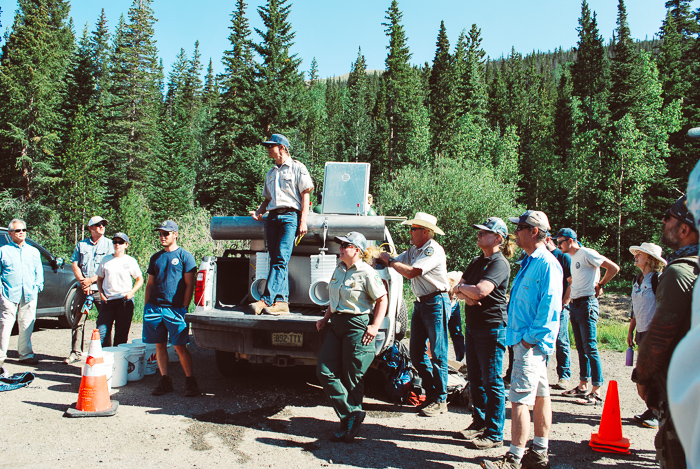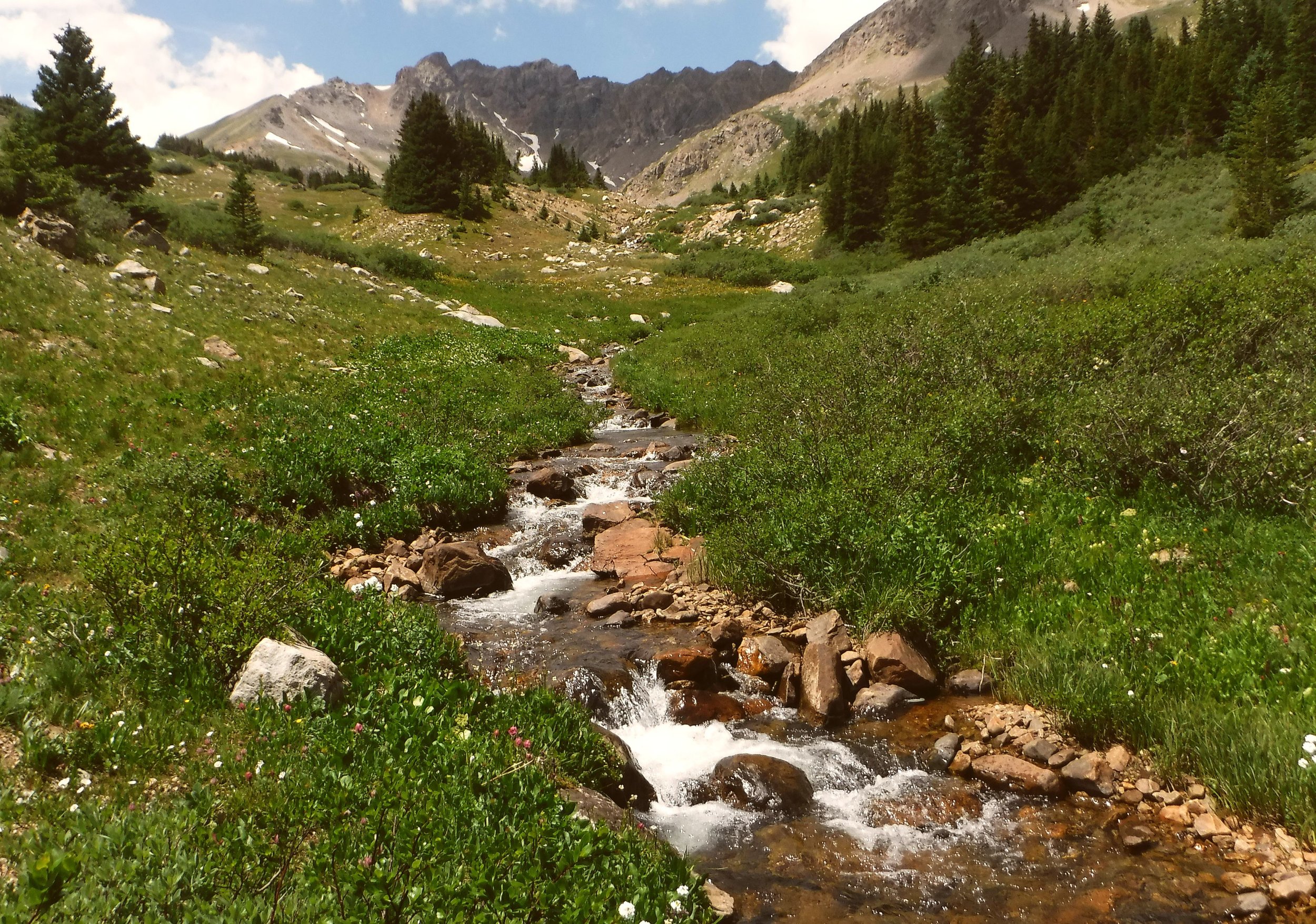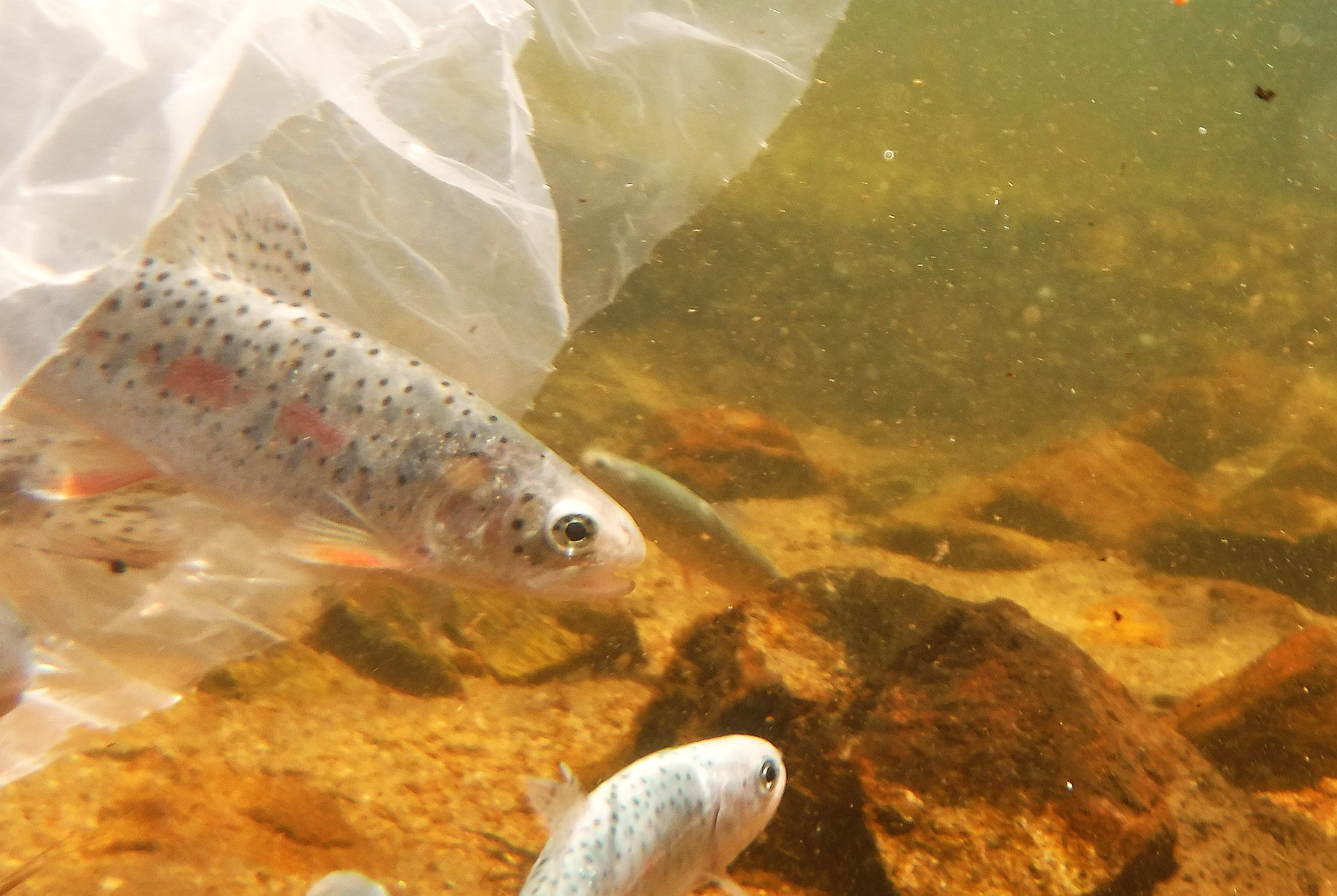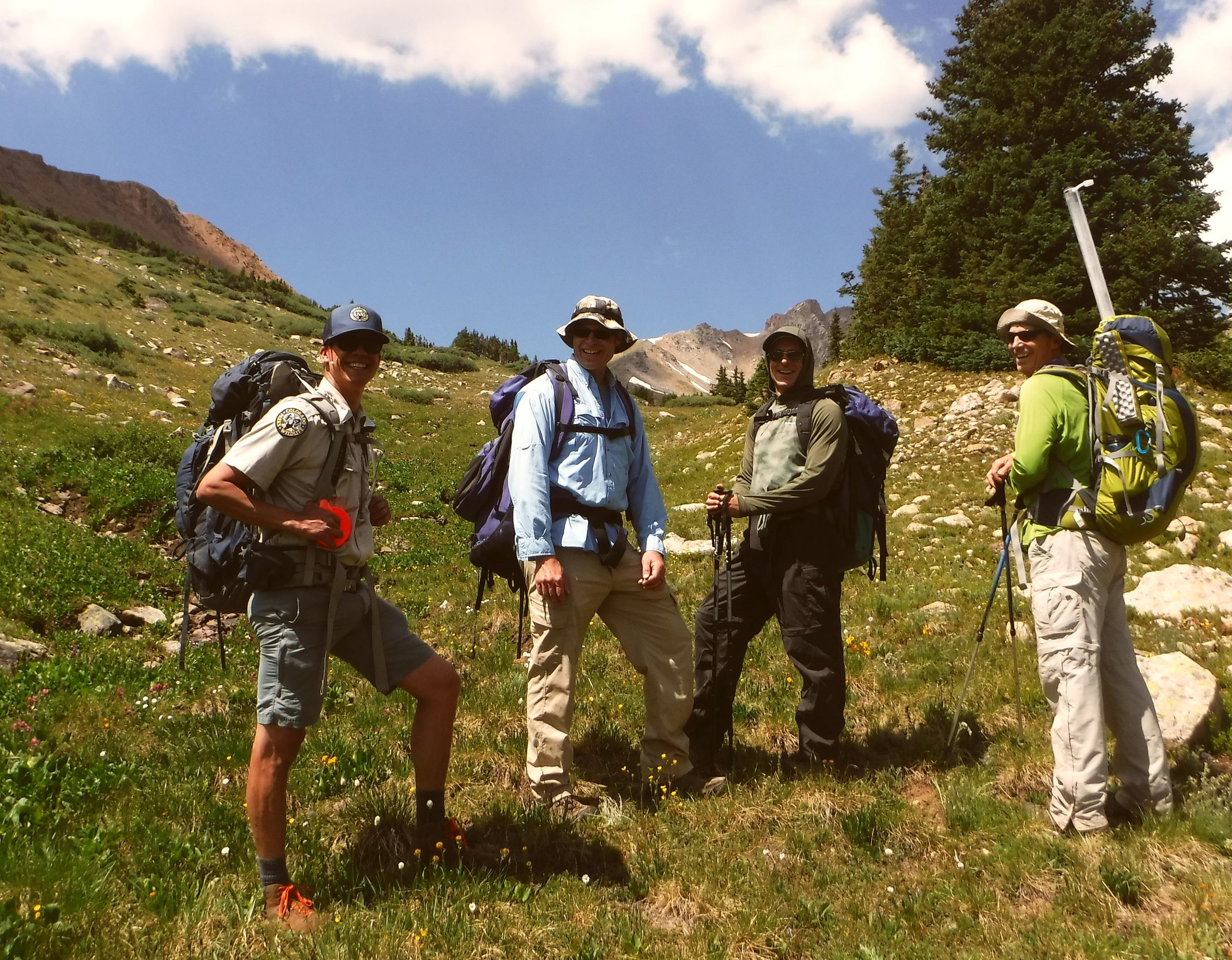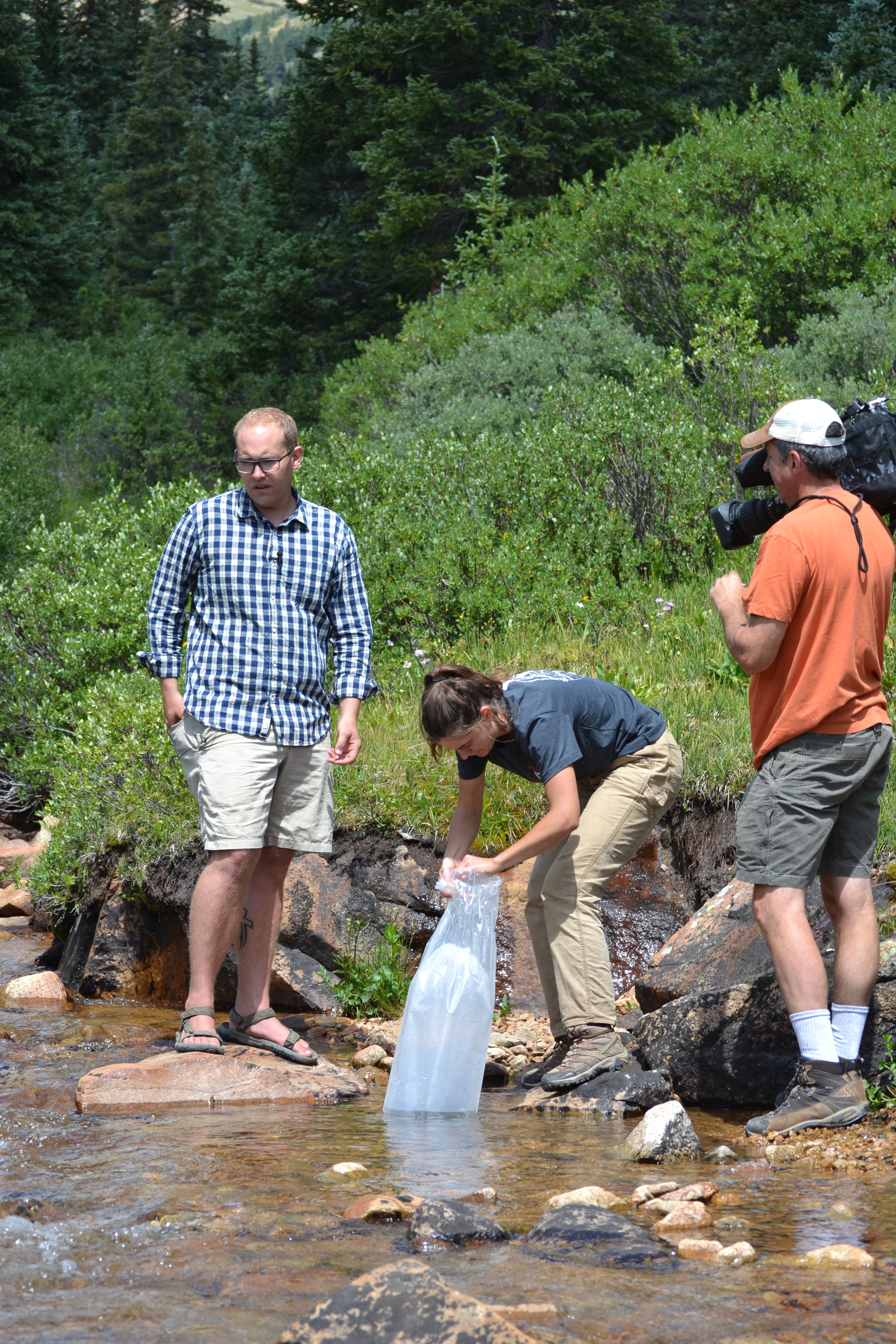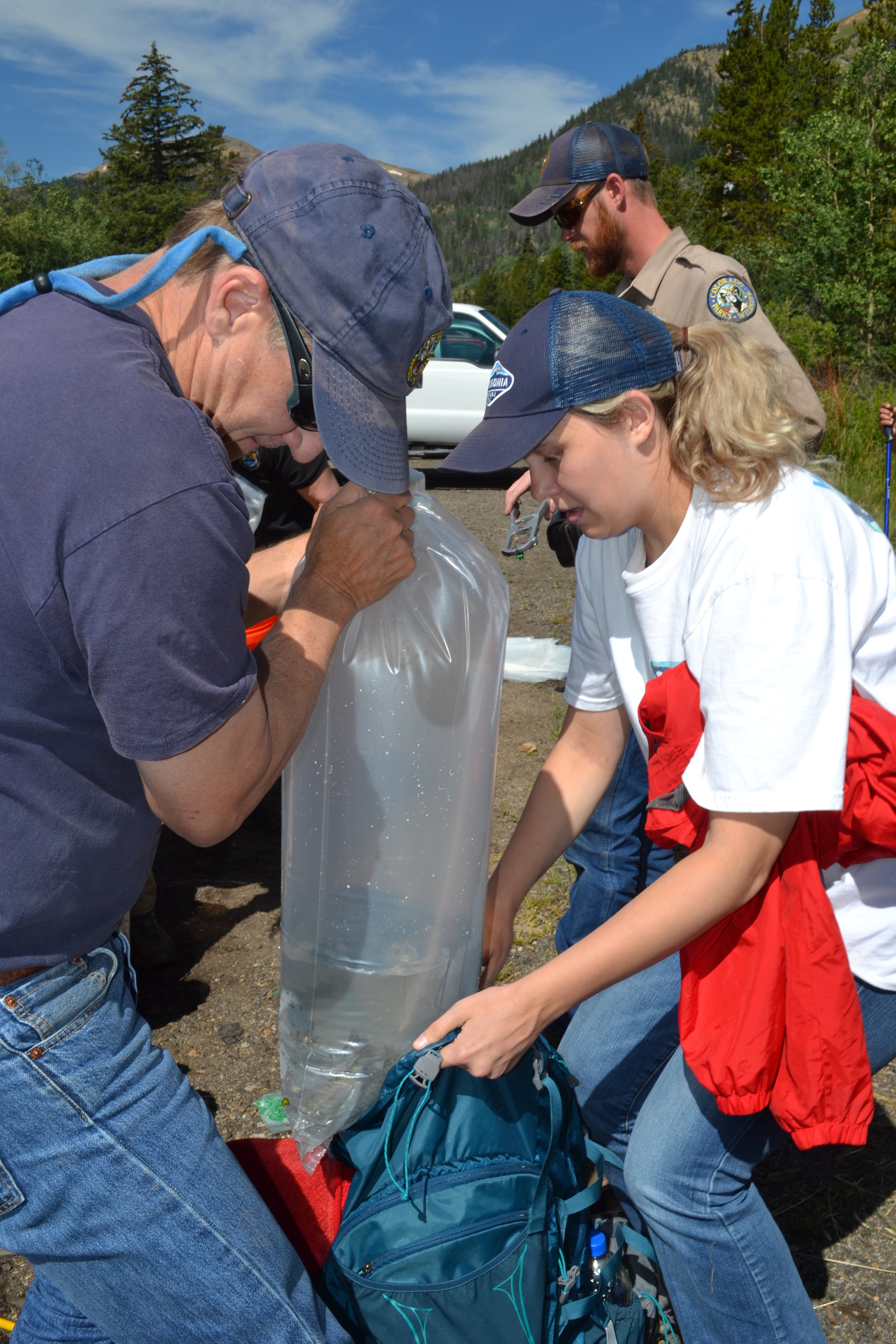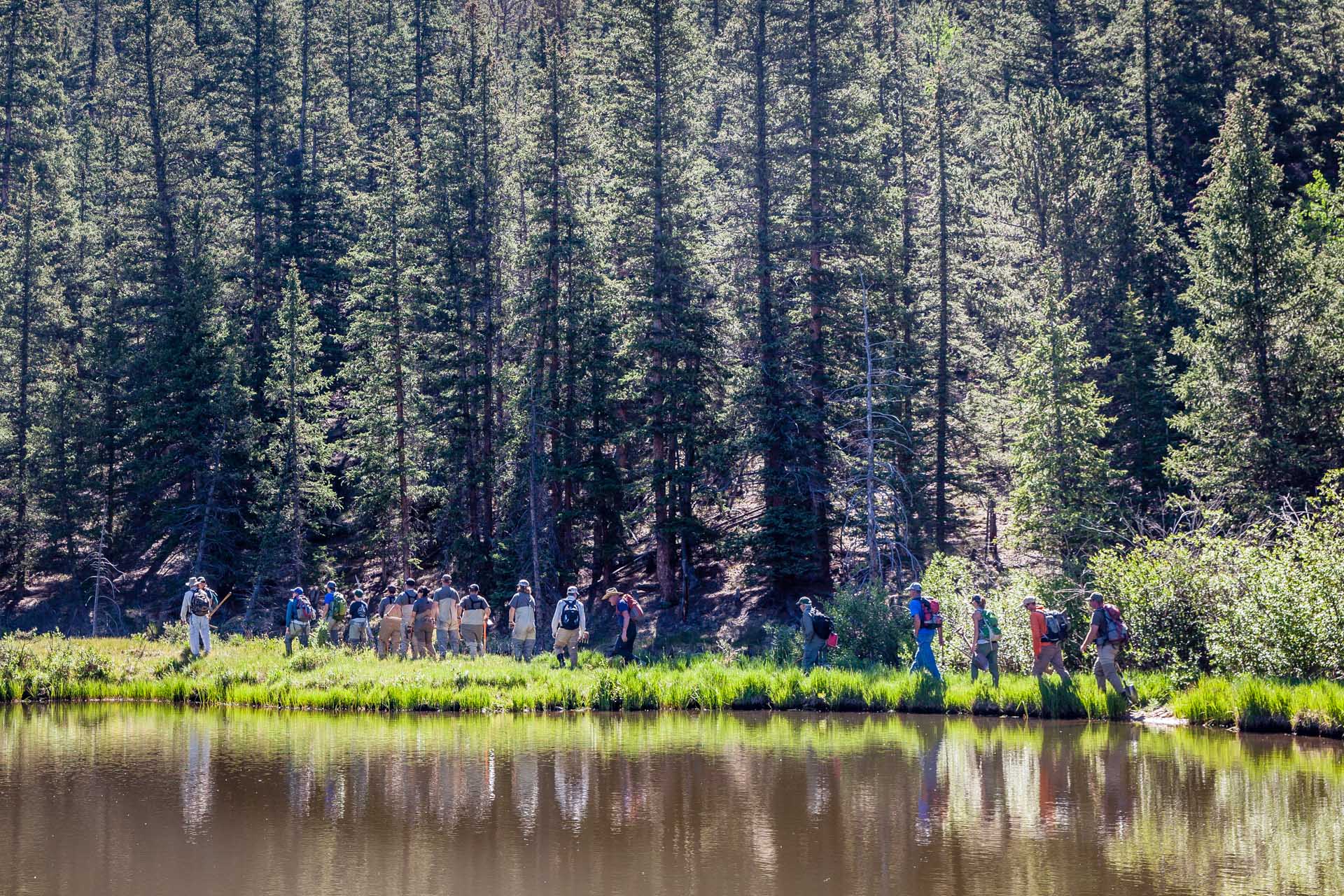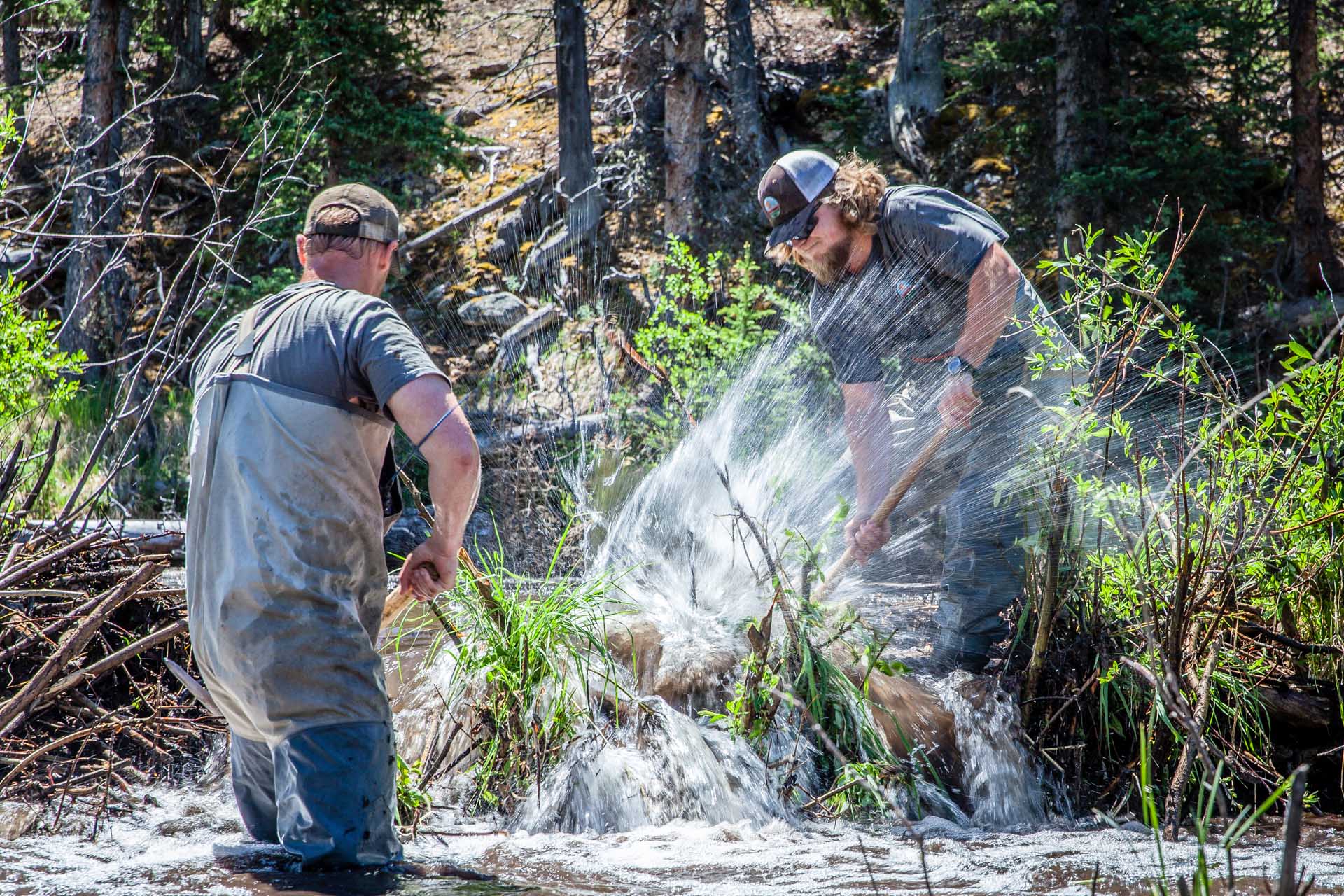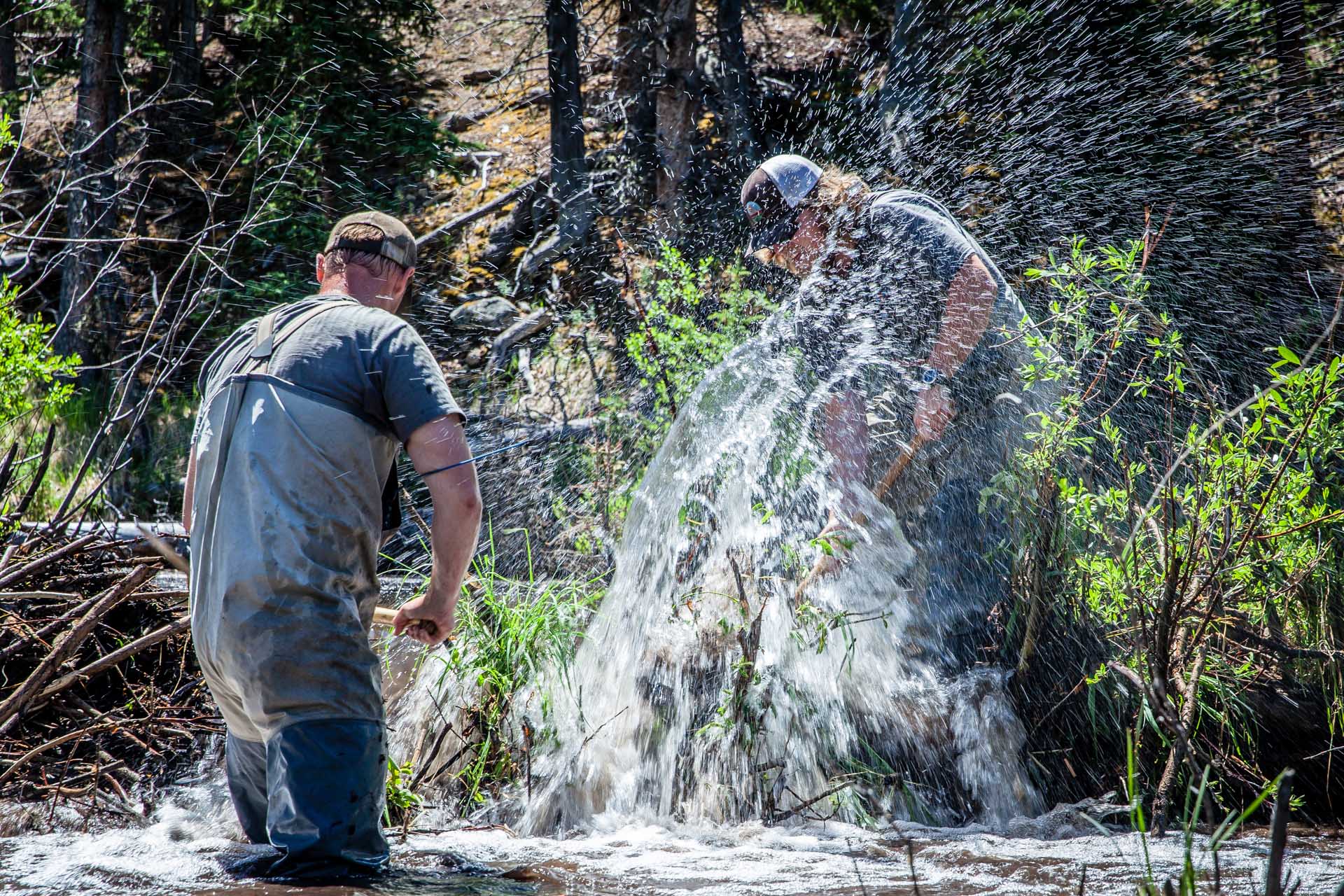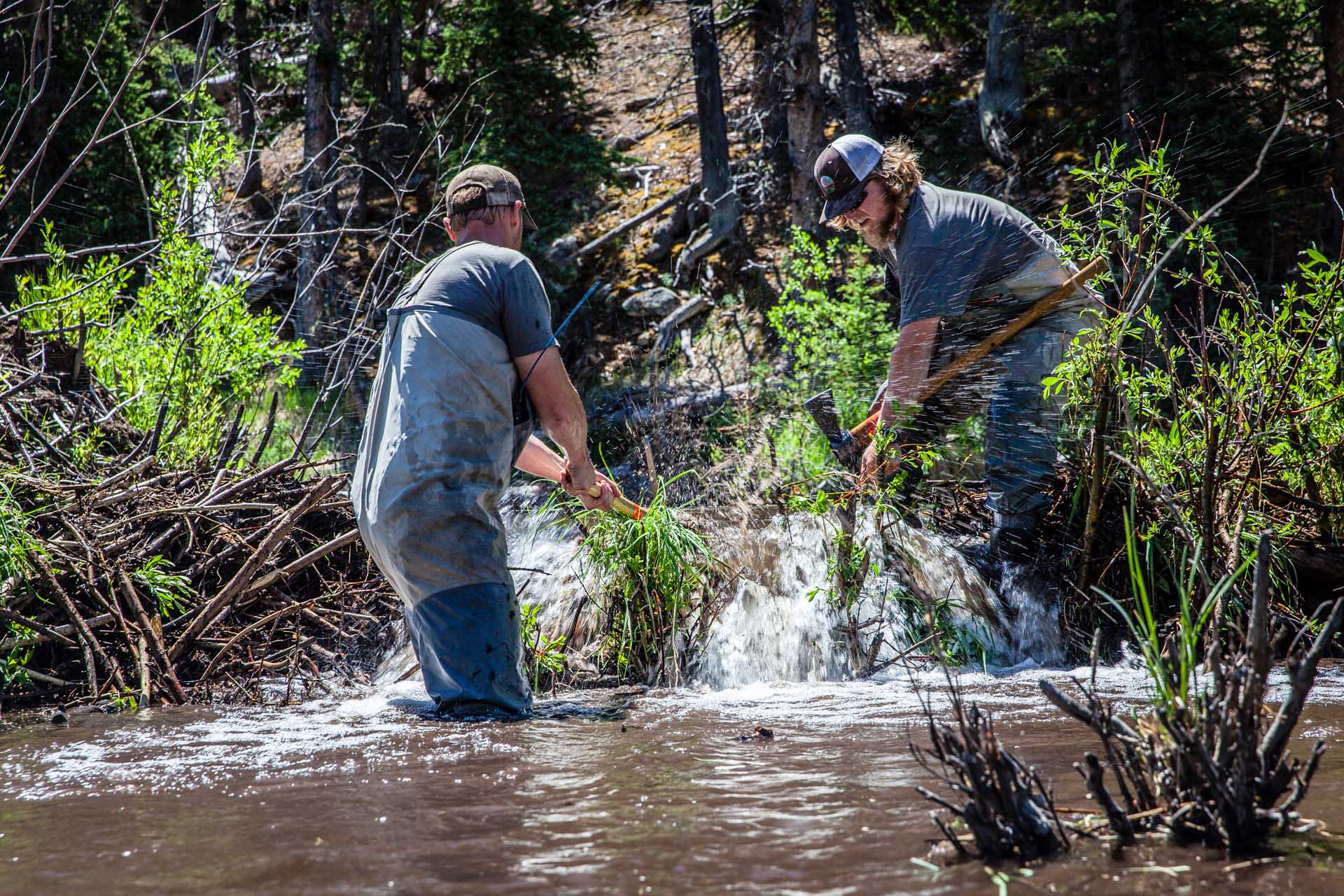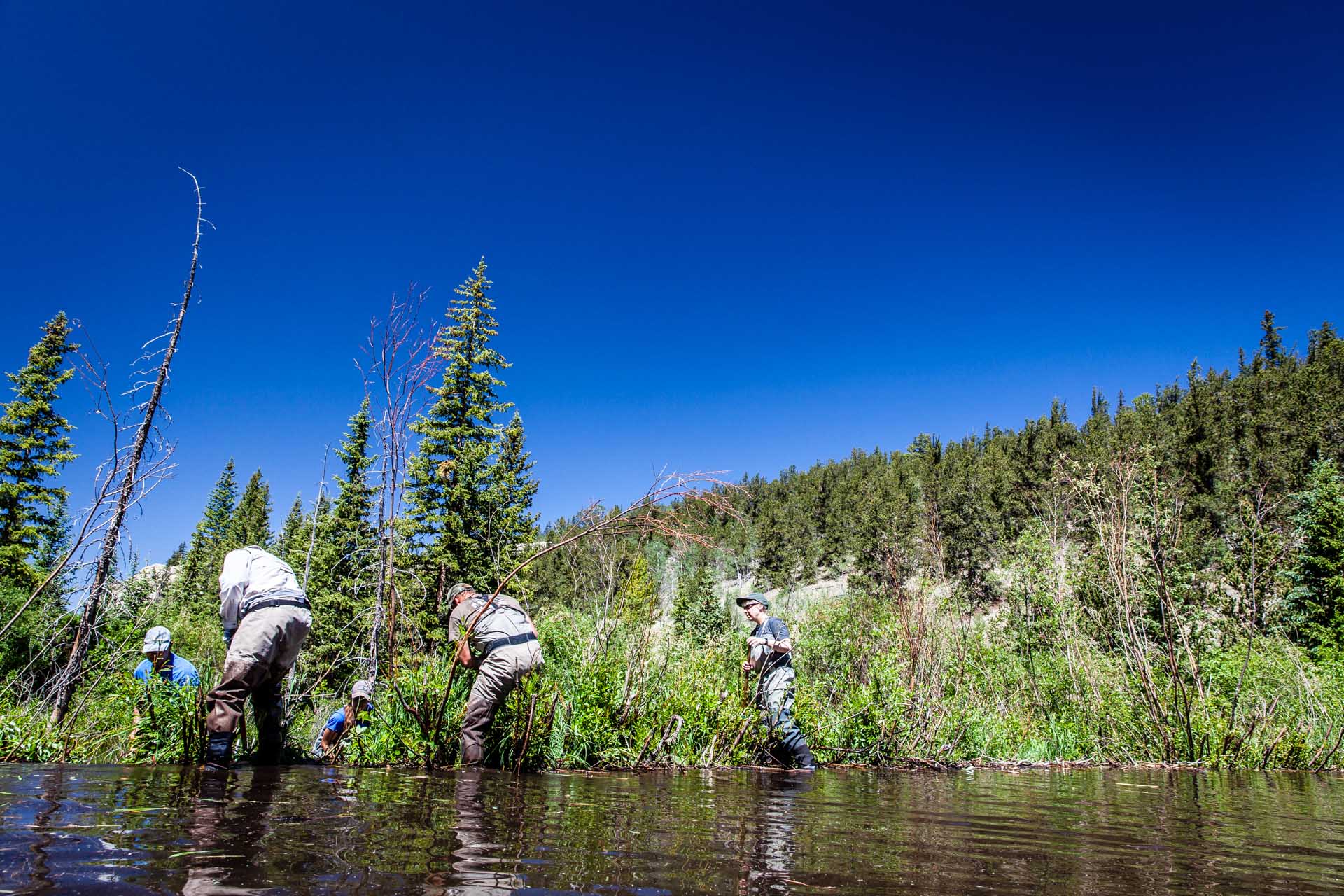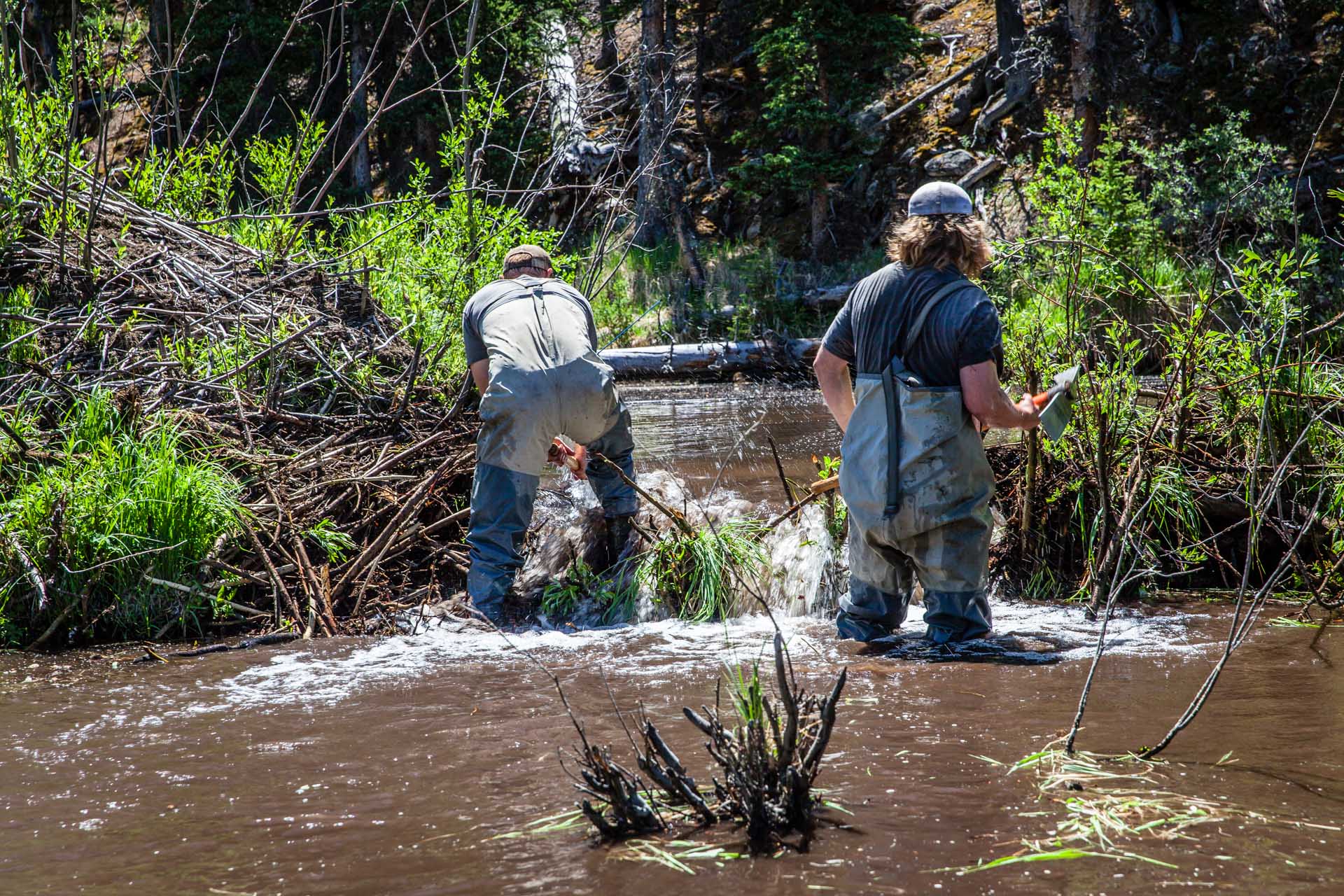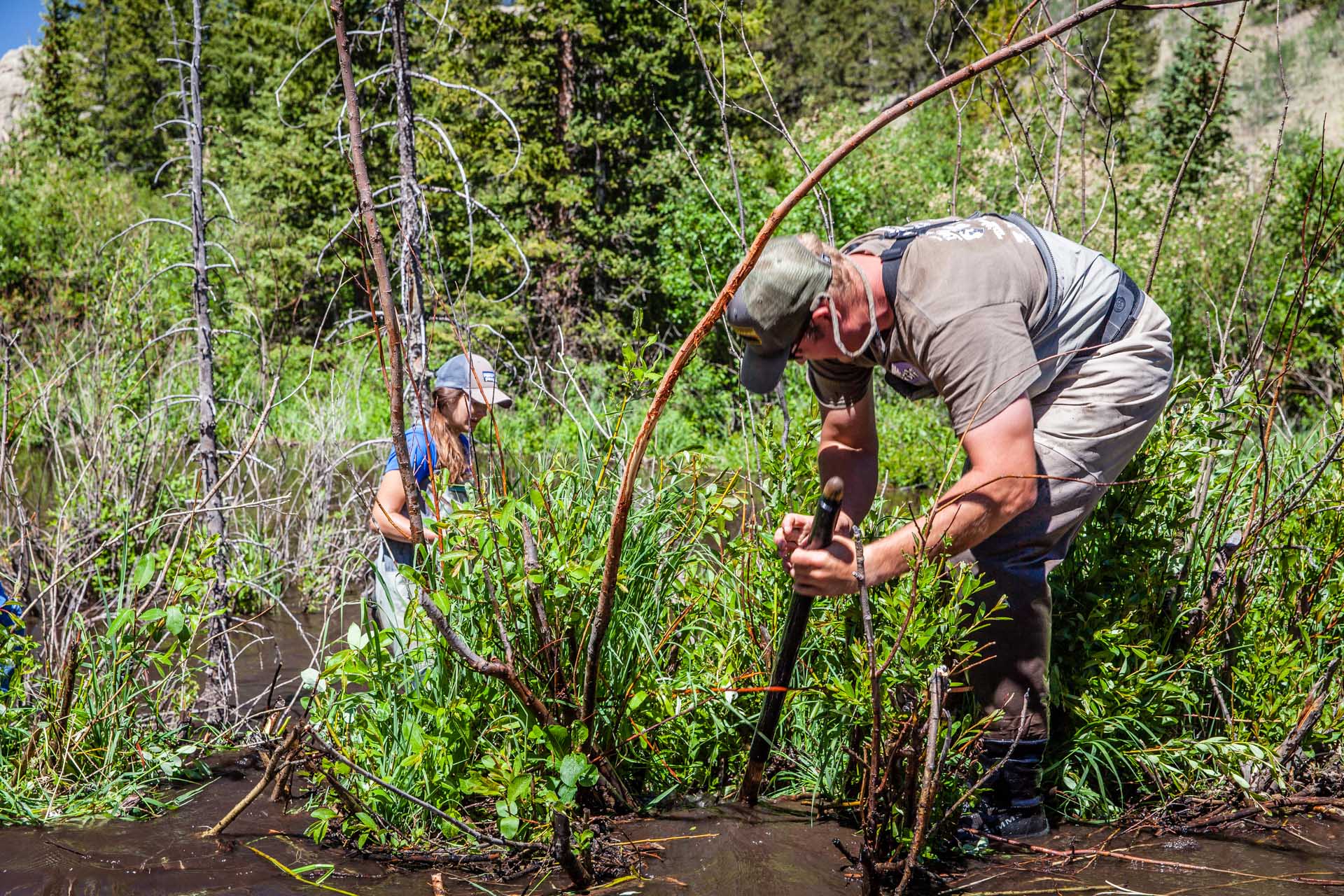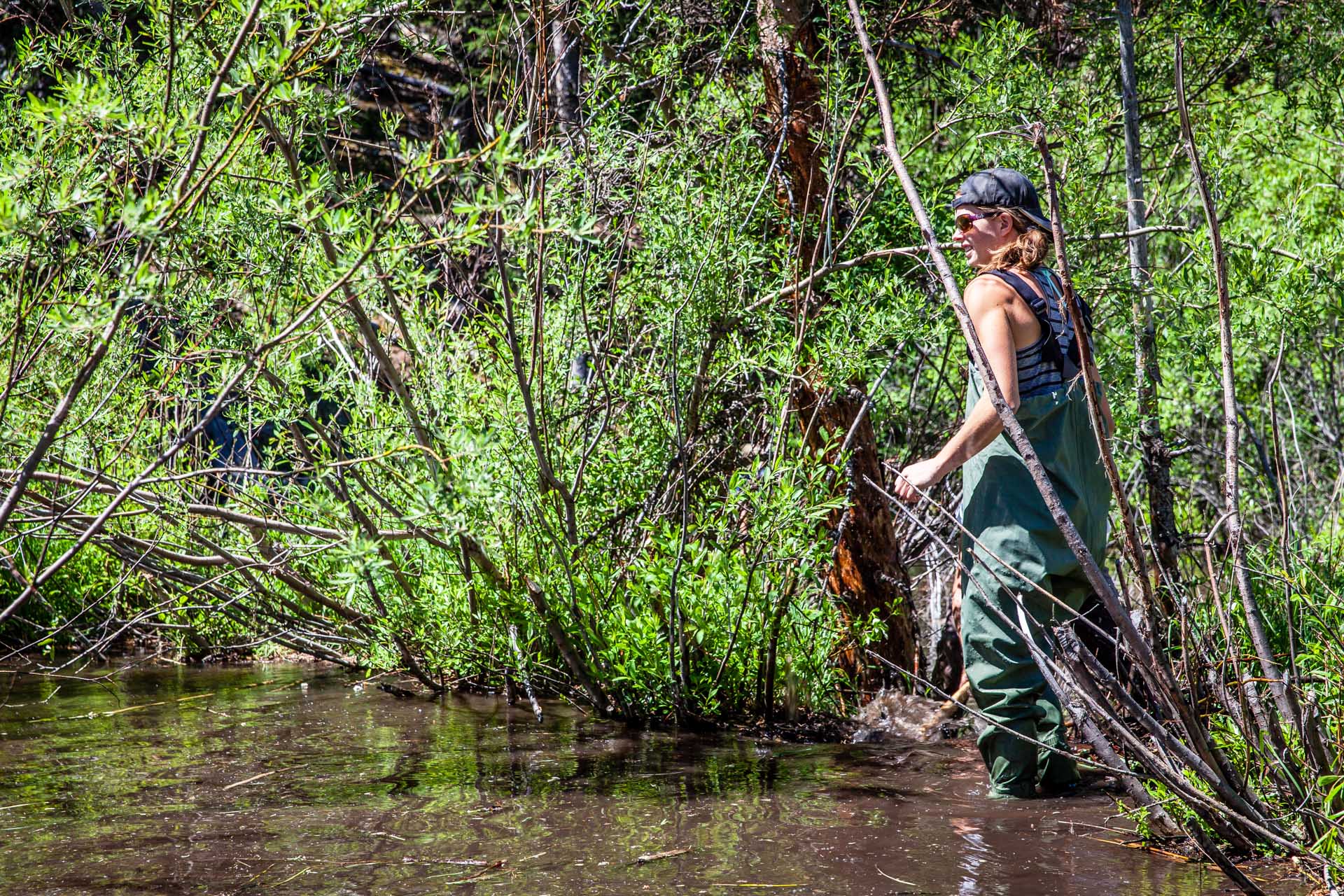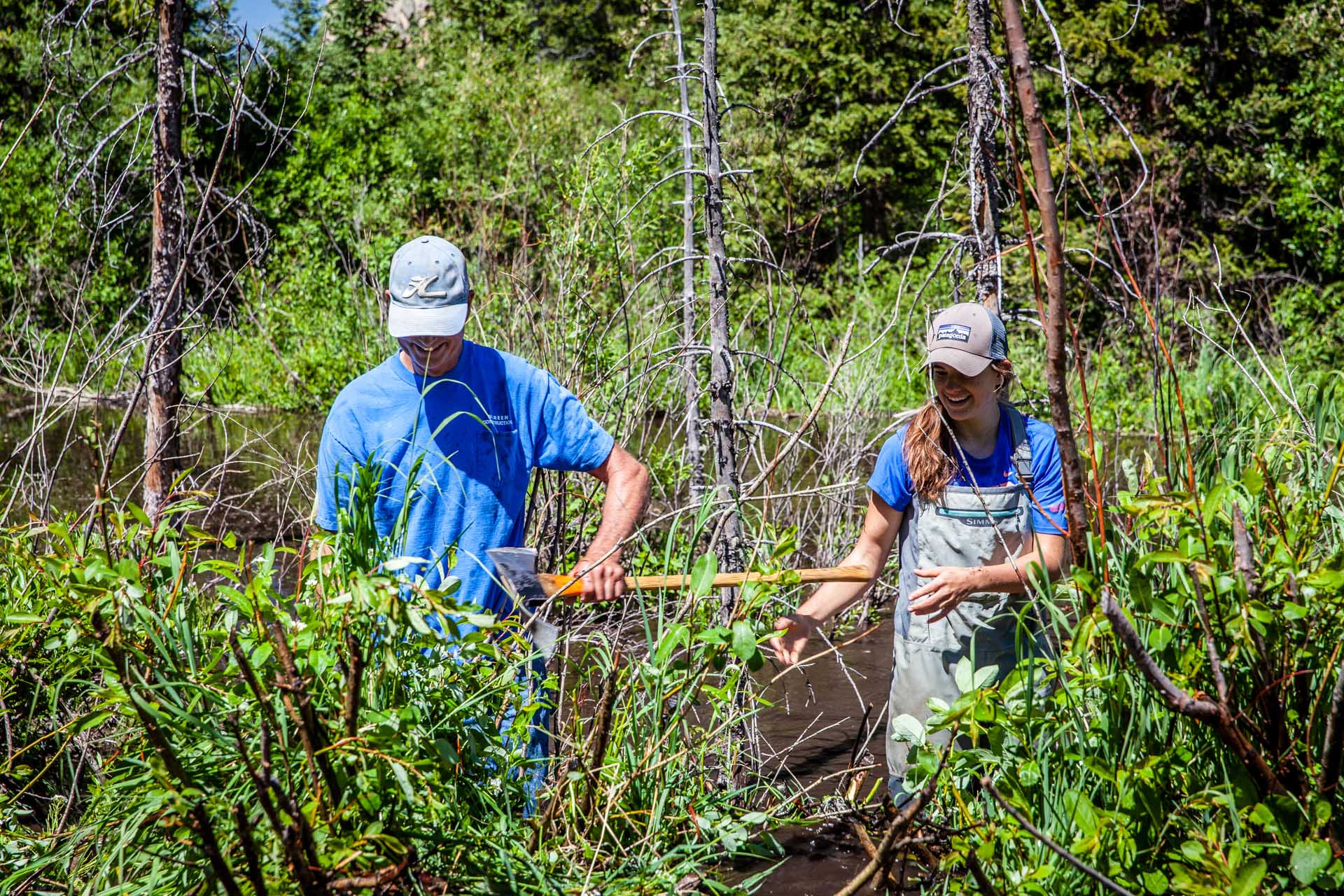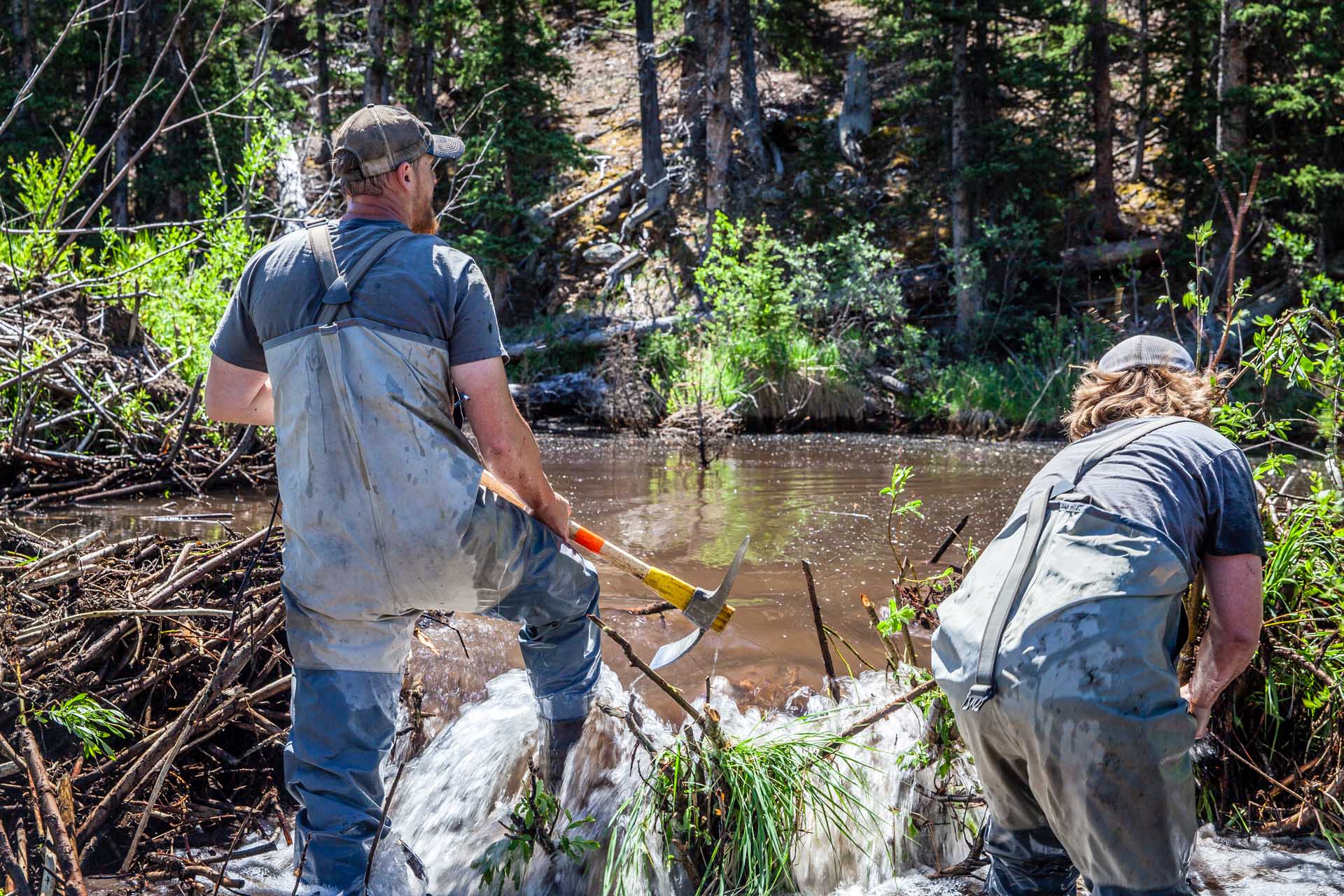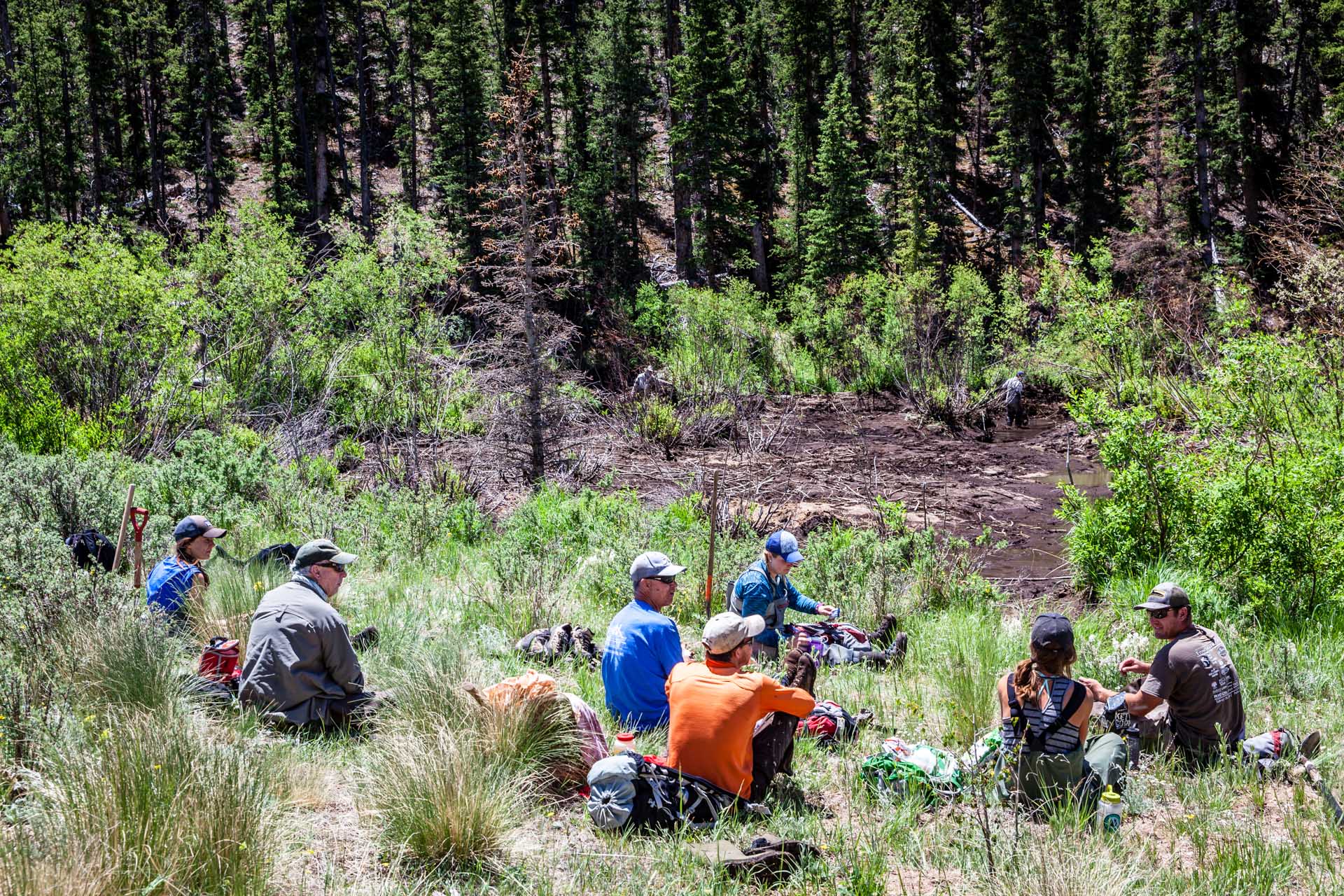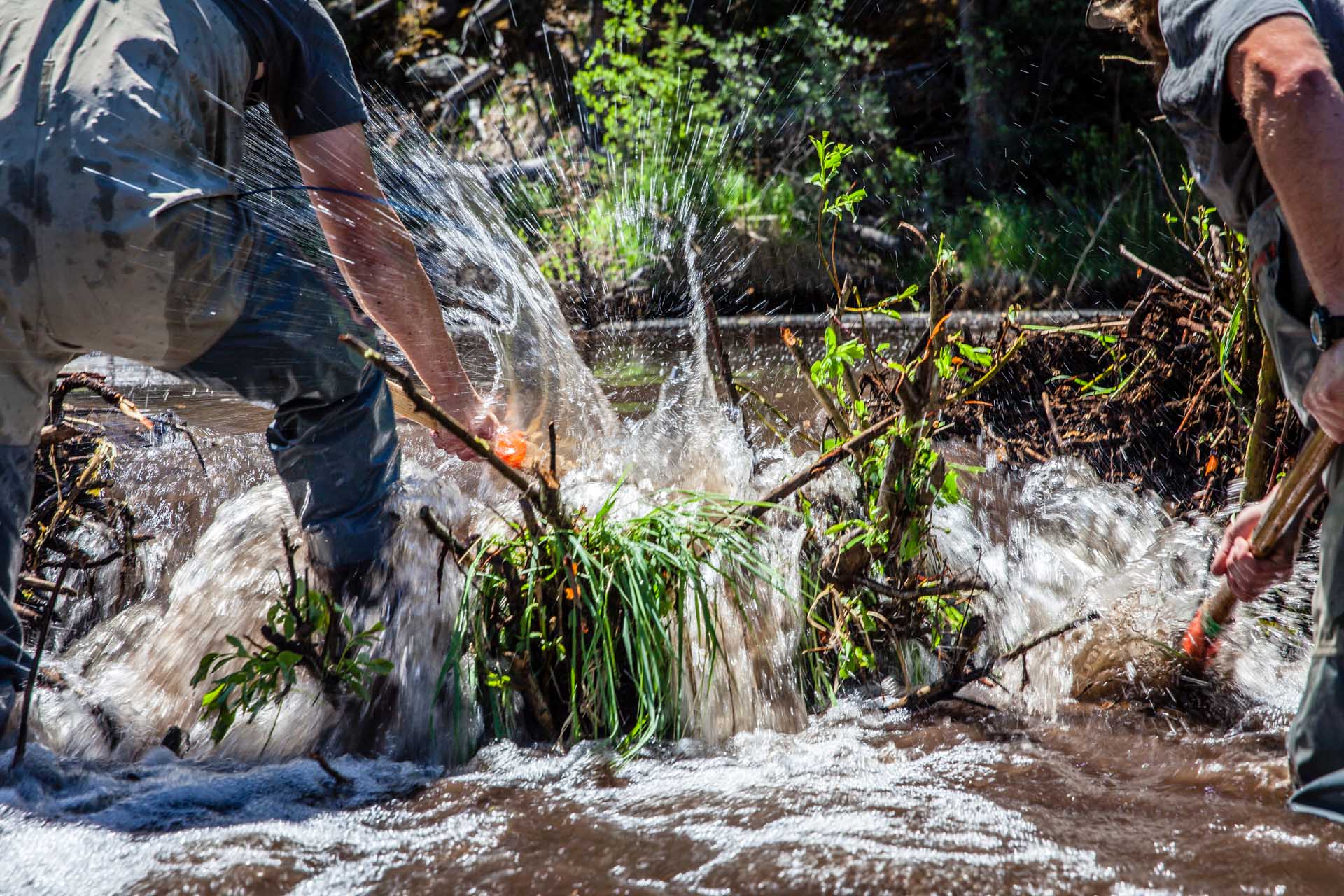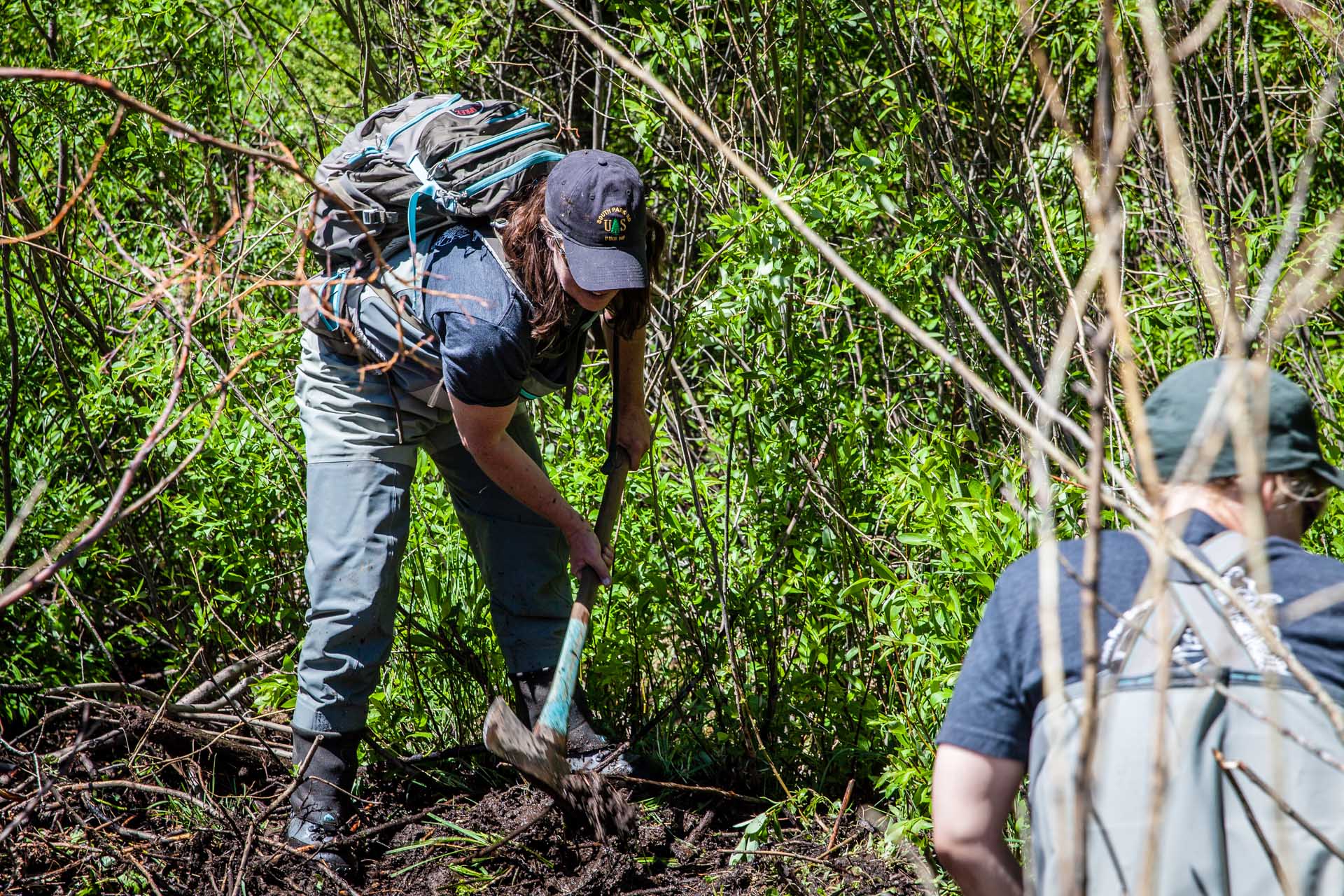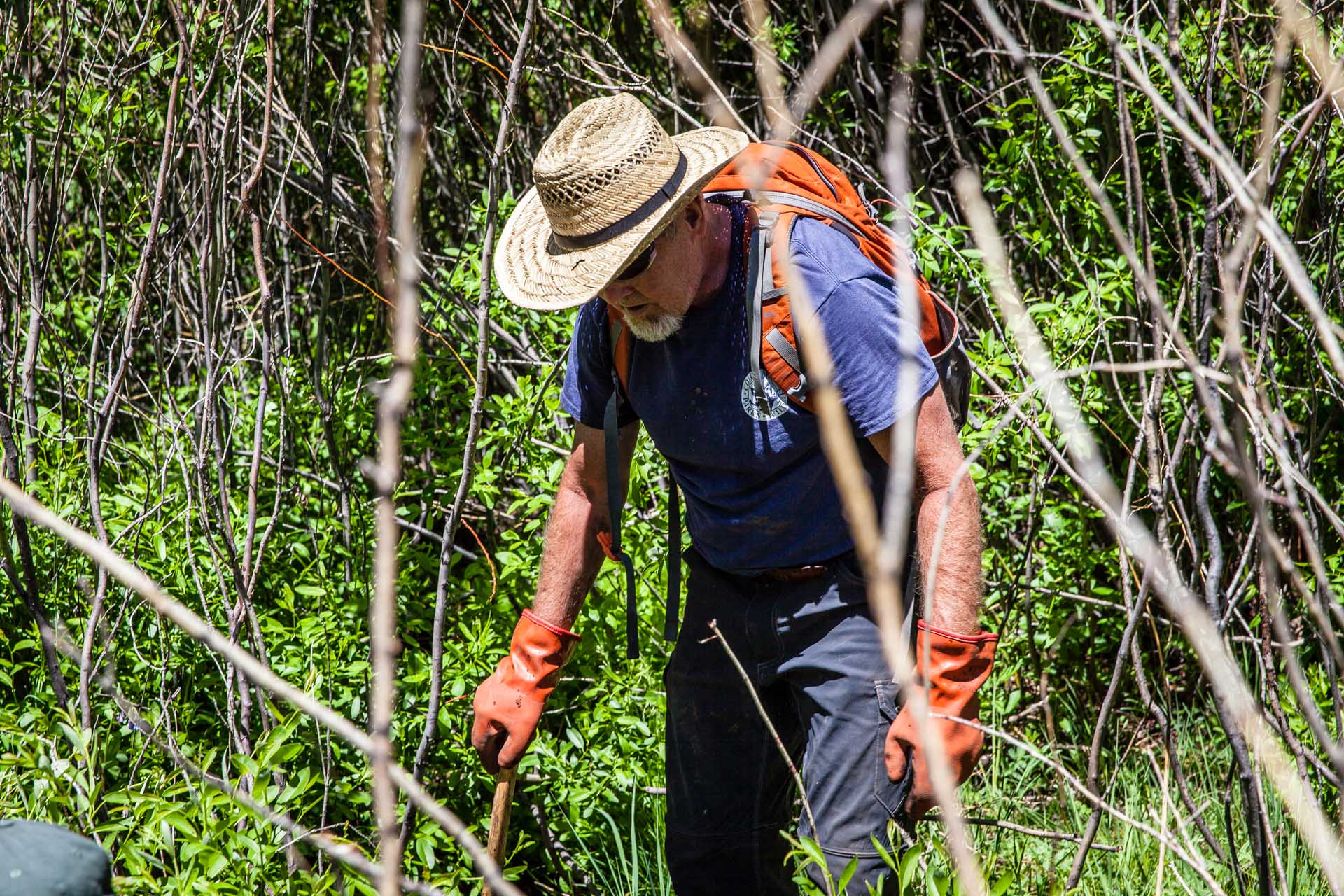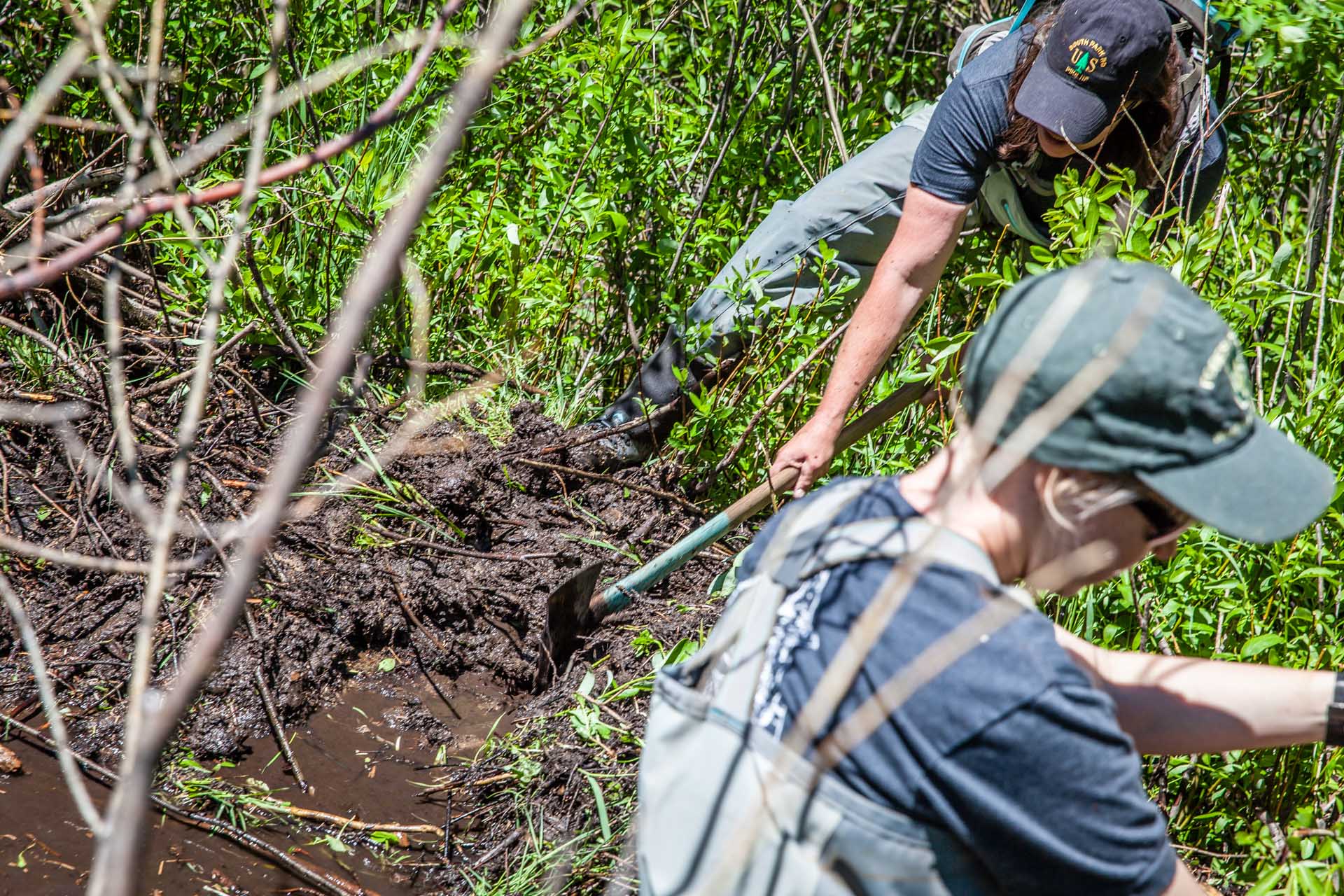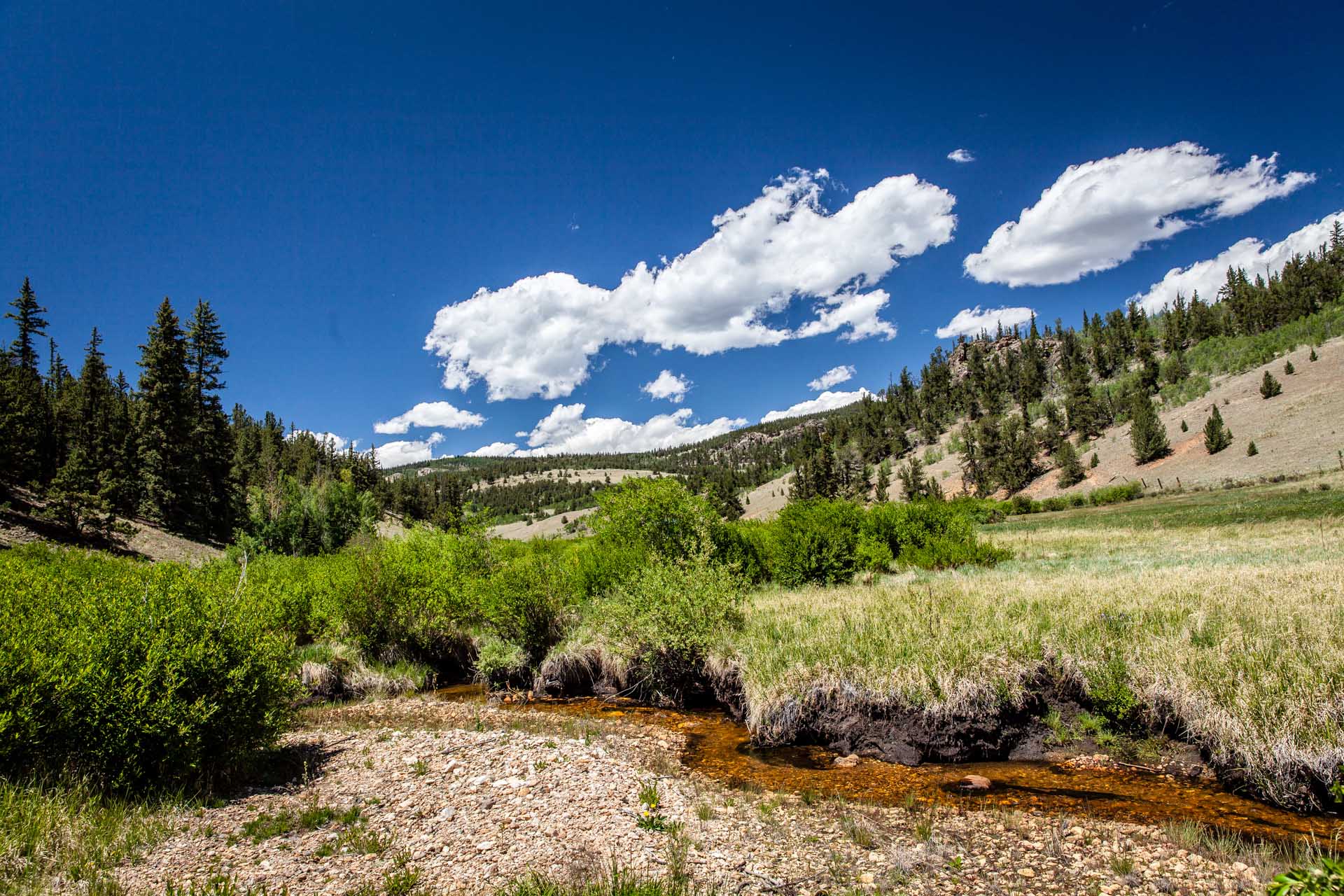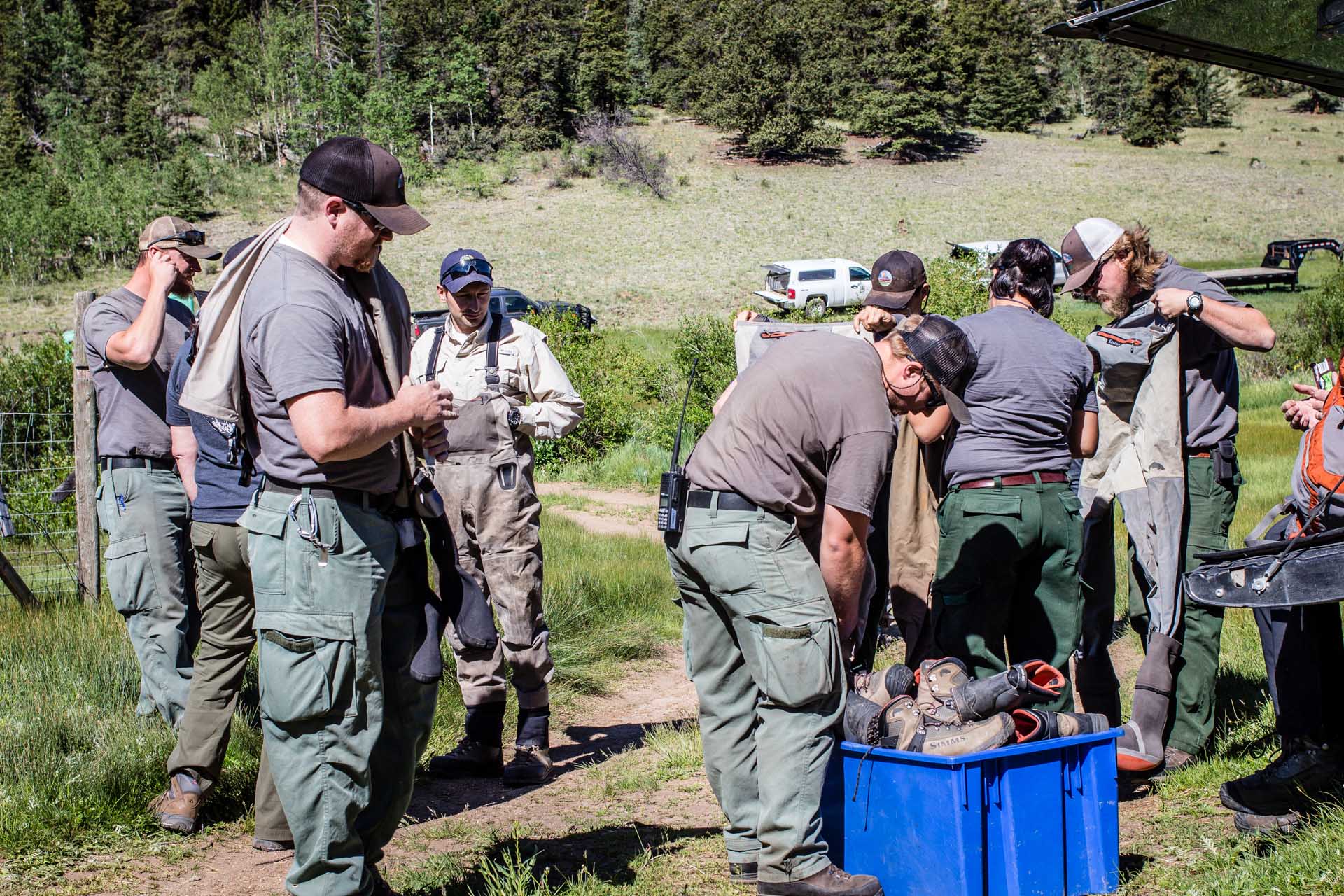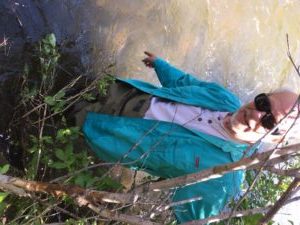April is Volunteer Appreciation Month, and we’re here to say thank you to all of our Trout Unlimited volunteers across Colorado.
April also kicks off a very busy volunteer season, and several opportunities are already available. See our list below, and don’t hesitate to contact us at info@coloradotu.org if you have any questions.
April & May Trout in the Classroom Release Events - throughout Colorado
Each release event is different and some need more volunteers than other. Please click the link to see the specific release event dates in your Chapter area and how you can help.
Volunteer Needed:
Help with release event, fish transportation, and logistics.
Help hosting interactive stations at release events.
April 21st - 22nd - Earth Day Celebration event at the Children’s Museum of Denver, Denver, CO
Volunteers Needed:
Macroinvertebrate Booth Help
April 22nd - STREAM Girls 2.0 event in Longmont, CO
Volunteers Needed:
Support Volunteer
Photographers
April 22nd - Willow cutting for Colorado River basin restoration near Hot Sulpher Springs, CO
April 22nd - Join Cutthroat Chapter and City of Lakewood Park to Plant Trees on Earth Day
April 22nd - Join Pikes Peak Chapter to Clean Up Eleven Mile Canyon.
May 2nd - TIC Release event at Waterton Canyon, Littleton, CO
Volunteers Needed:
Fly Casting
Photographers
June 3rd - STREAM Keepers event at Walking Mountain, Avon, CO
Volunteers Needed:
Macroinvertebrate Sampling
Fly Tying
Fly Casting
Photographer
July 8th - Troutfest Colorado - Volunteer signup coming soon. Write info@coloradotu.org for more information!
July 28th - STREAM Keepers event at Lincoln Hills Cares, Blackhawk, CO
August 1st - STREAM Keepers event at Confluence Park, Delta, CO
August 2nd - STREAM Keepers event at Delta Fairgrounds, Hotchkiss, CO
August 19th - STREAM Girls 1.0 event at Hubbard Cabin, Steamboat Springs, CO
Sept. 9th - STREAM Girls 1.0 event at Waterton Canyon, Littleton, CO
Sept. 10th - STREAM Girls 2.0 event at Lake Lehow, Littleton, CO
Sept. 16th - STREAM Girls 1.0 event at CSU Environmental Learning Center, Fort Collins, CO
Testimonials from Volunteers
“I know I volunteer because I love trout, trout habitat, and trout fishing. Of those three, I think it’s the habitat I love best, and not just because without it we can’t have the other two. It’s because I just love it, everything about it. I get a thrill every time I approach a trout stream.” -John Trammell
“With all that Trout Unlimited has done and is doing here in Colorado, it’s hard not to take an active role. Whether meeting an urgent need, preserving the livelihood of our precious waterways, or educating a new generation of students on how they can contribute, being a Trout Unlimited volunteer makes us feel good.” -David and Susan Person
“Yes, I am passionate about fishing and about saving our coldwater resources, but I am also passionate about the individuals I have met through my work with TU. On fishing trips, in chapter meetings, at youth camps – it doesn’t matter how I met these people. I see their passion and it inspires me to donate my time to TU.” “Yes, I am passionate about fishing and about saving our coldwater resources, but I am also passionate about the individuals I have met through my work with TU. On fishing trips, in chapter meetings, at youth camps – it doesn’t matter how I met these people. I see their passion and it inspires me to donate my time to TU.”- Sharon Lance
“There’s something special about a Colorado River. Crisp, clear water flowing from the majestic Rocky Mountains, sprouting aspen and willow trees from its banks, sustaining trout and deer, and quenching the thirst of literally millions of people along the way. I volunteer because I believe in protecting our rivers, Colorado’s most precious natural resource.” -Rick Matsumoto






